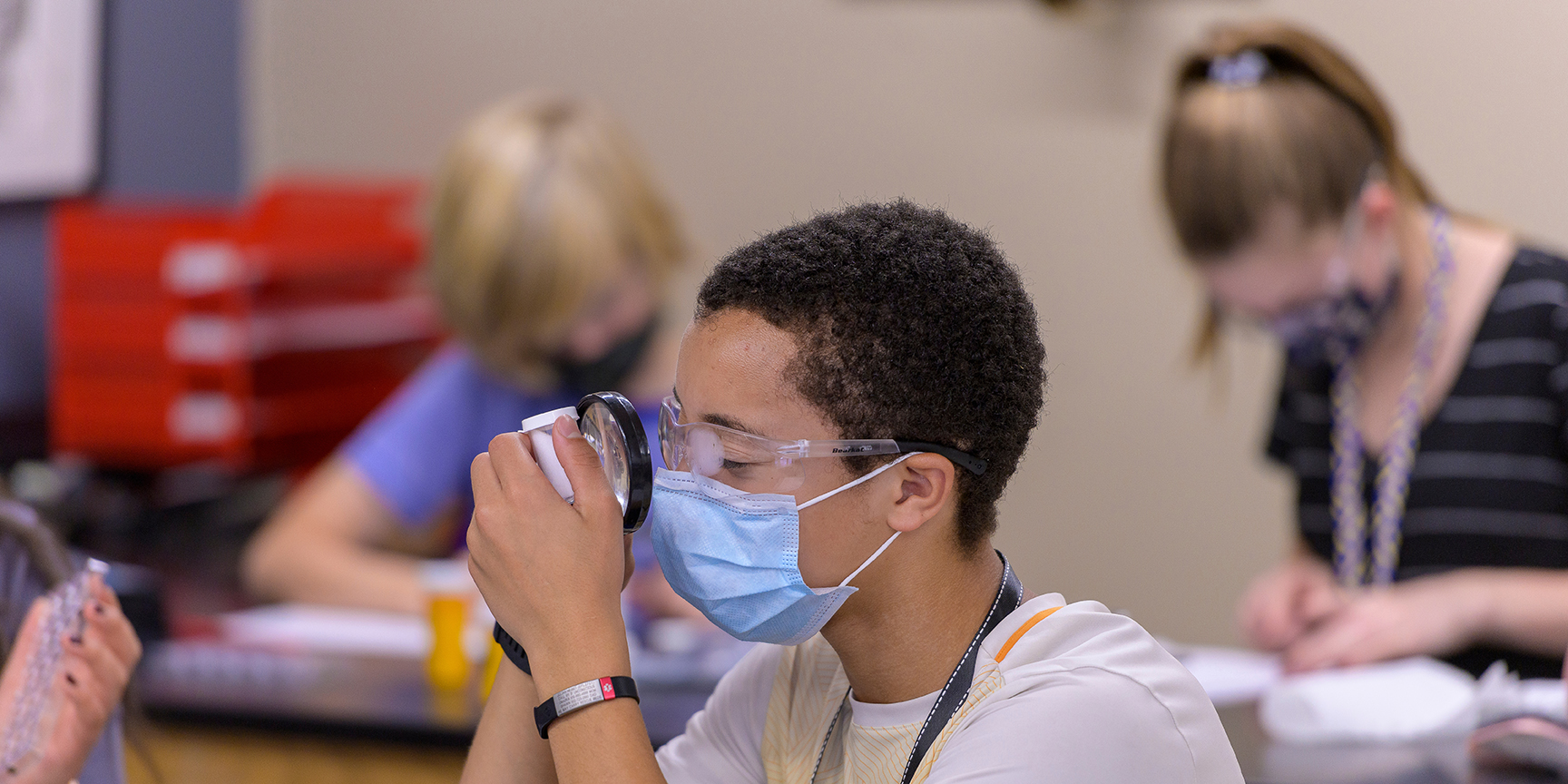When exploring school options for your child, one of the first things that you often want to know is what the academic outcomes are for students in the school--how can you be sure that your child will be getting an excellent education?
Here are three steps that you can take to help ensure that you are examining all of the evidence and gaining a clear picture of the academic opportunities available at each school you’re considering.
1) Explore the Website
Start by looking at the school’s website to get some basic information about the school. This might be on the Admission page, the Home page, or in an About Our School section, like Sanford’s Quick Facts. You’re looking for broad information such as class size, student-teacher ratio, and college placement numbers. You can then visit other pages to learn more about grade-specific academic requirements. In some cases, curriculum topics by grade level will provide more details about what a typical academic career could look like for students who attend this school. Be sure to write down any questions that come to mind while looking at the website and ask them during the visit to help solidify your understanding of the school’s academic offerings.
2) Visit a Classroom
“The moment I stepped on campus for my tour, I felt it - I felt the warmth everyone was raving about. I am confident Sanford is going to prepare me well and give me the tools needed for success. One of the things that makes Sanford unlike most schools is that they cater to your wants and needs. They are going to do what's best for you. I am genuinely excited for this school year, as well as the others yet to come.” -- an Upper School student
Schedule an in-person visit to see classrooms in action. If possible, visit your child’s current grade and the grade which they’d be entering. In any classroom that you visit, you should watch for and listen to how the teacher talks to the students, how the students speak to the teacher, and how the students interact with each other. Are there opportunities for the kids to ask questions and/or share ideas? Are young people engaged in the lesson and eager to learn? Are peers able to work with one another when possible? What do children do if they have a question about the assignment or the lesson? During a brief classroom visit you won’t be able to see the full scope of the coursework. For example, if students are just beginning to read a new novel, you won’t hear a robust debate, but you can still get a sense for the classroom energy -- a positive learning environment is a key element in encouraging academic success.








